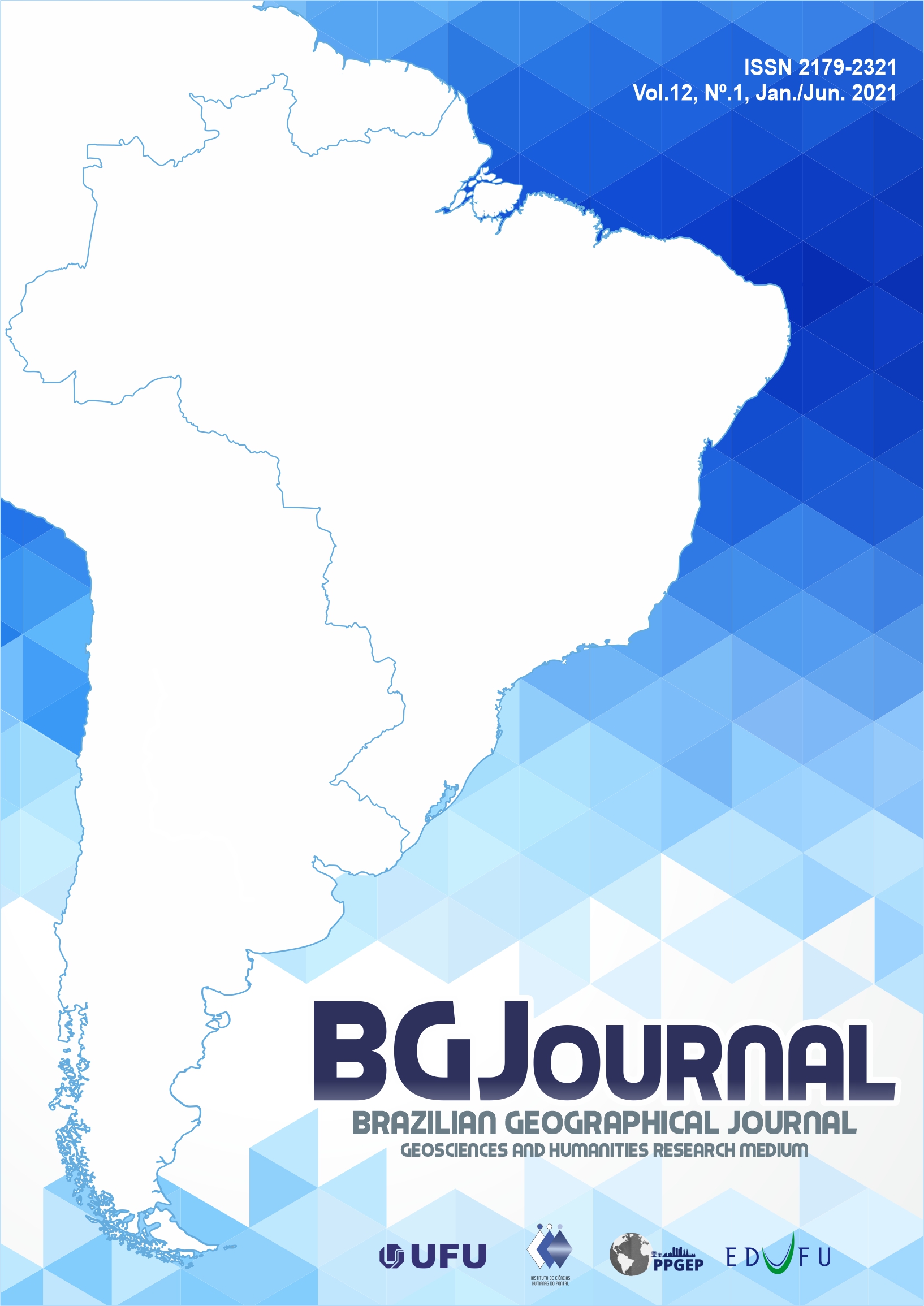SOCIO-SPATIAL INEQUALITIES IN THE IMAGE PRODUCTION OF MARINGÁ-PR: CITY PLANNED FOR WHO?
DOI:
https://doi.org/10.14393/BGJ-v12n1-a2021-58488Abstract
The objective of this article is to analyze how inequalities exist in the urban space of Maringá, considering variables that express environmental and social aspects, highlighting the differences between the center designed bulletins such as garden city, and the other neighborhoods of the city, being the first privileged by political and economic agents, including through urban marketing. For an analysis, the mapping of the surface temperature, the vegetation index and the wage income of the population was carried out, in order to identify socio-spatial inequalities between the different areas of the city. The city of Maringá was designed with an image portraying the concept of the planned city, which can be justified by the use of city marketing as a tool, however, its development impacted on the generation and accentuation of inequalities, changing between areas inserted in the limit of the initial plan and as peripheral zones that are dissociated from the initial planning proposal.
Downloads
Downloads
Published
How to Cite
Issue
Section
License
All copyrights are reserved to authors. Reproductions of any part of this journal, including the non-commercial use of figures, maps and other illustrations, are allowed provided that the original source of publication be assigned.

